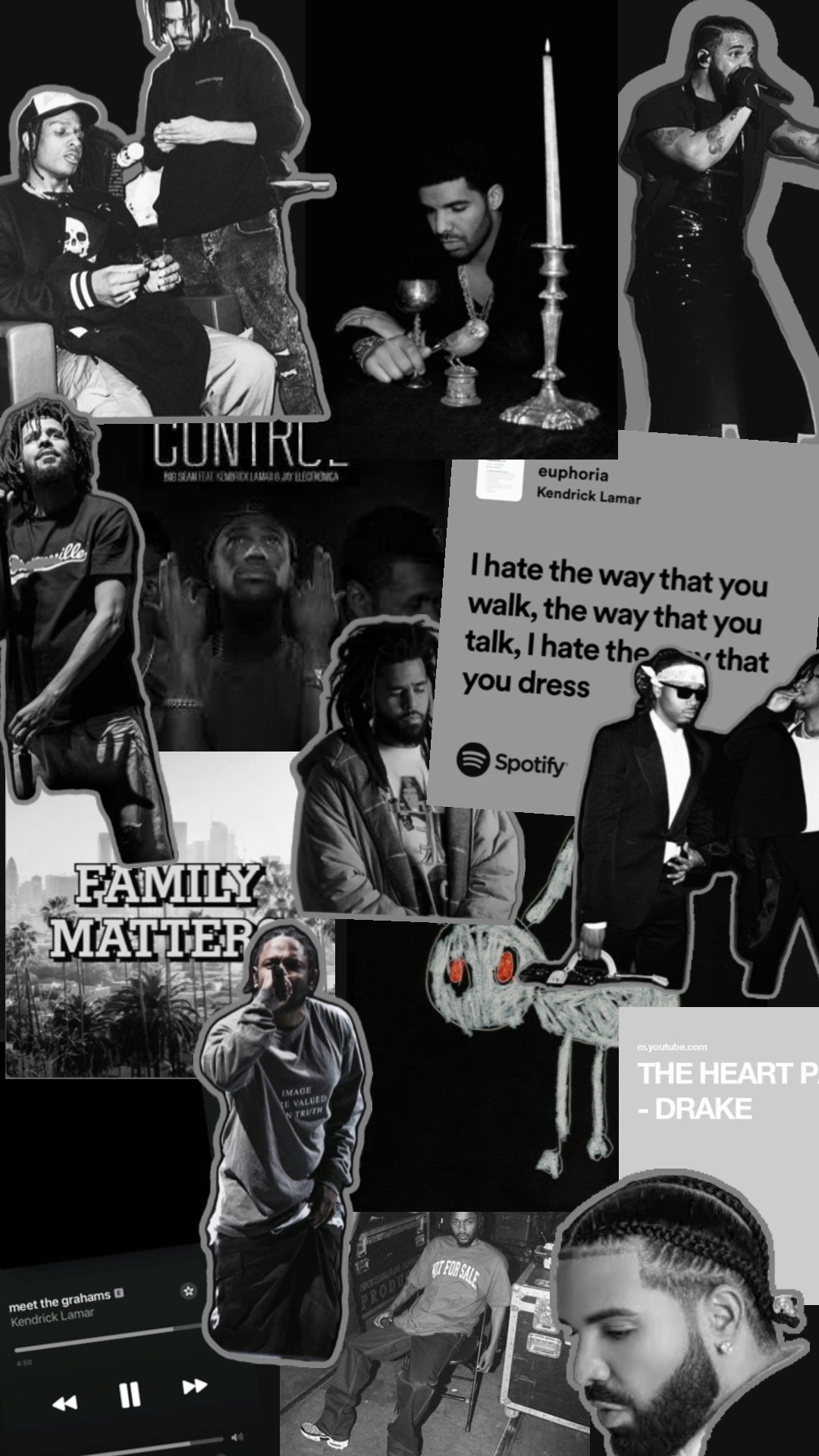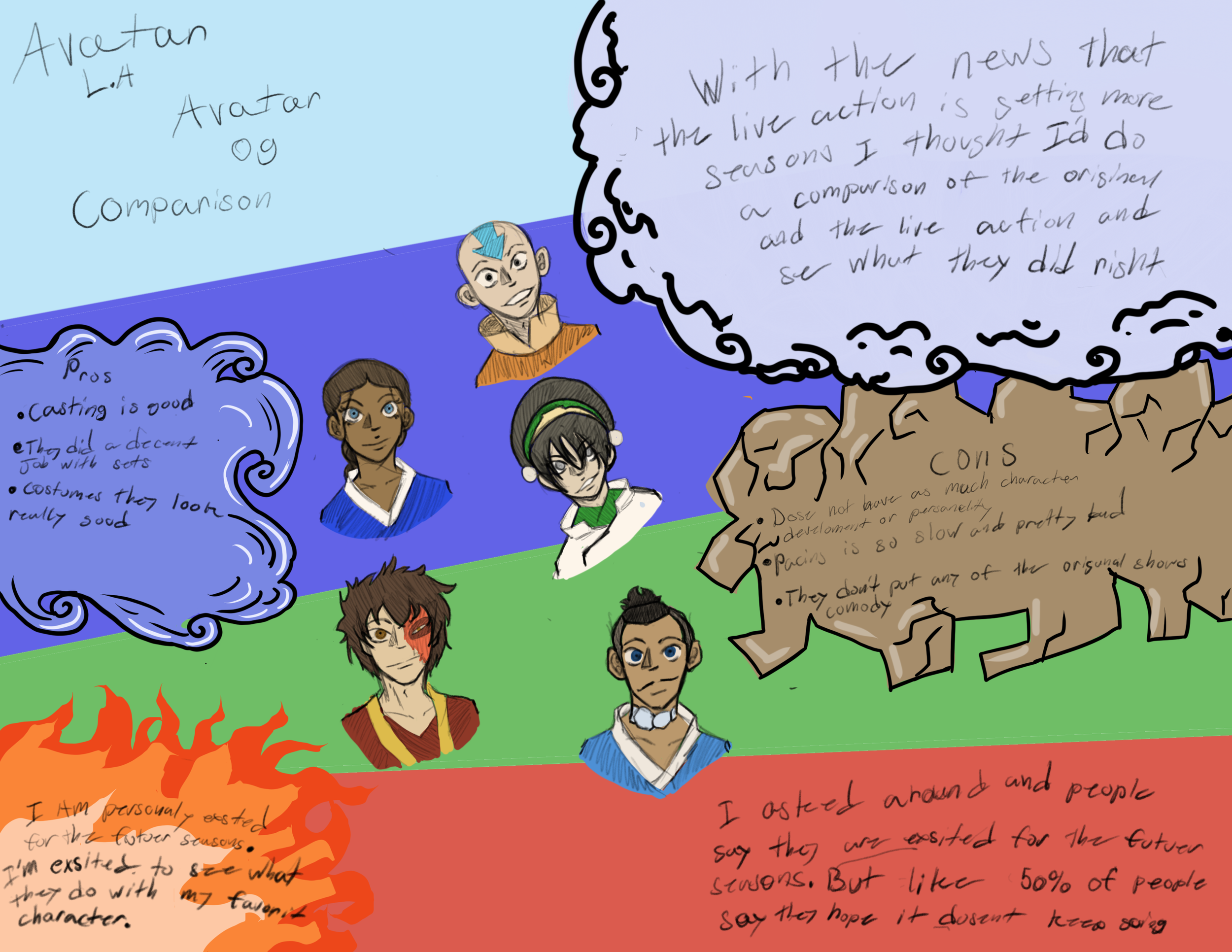Mental Health Impacts Students in School
By Kris Gurule
Every student has a different experience in school. Some students do well, and others have a harder time -- not just academically, but mentally as well.
According to the World Health Organization, one in seven adolescents aged 10 to 17 experience a mental health disorder at some point in their life. Here in New Mexico, the statistics are especially worrisome. New Mexico Public Education Department reports that New Mexico is ranked first in U.S. for suicide in that age group, and suicide is the second cause of death for youth. Students at Atrisco Heritage Academy are affected by mental health issues more than some adults may realize.
Samantha Chavira, a sophomore at AHA, said that school contributes to poor mental health. “It stresses you out a lot because even if you're not failing you have to keep up with your grades and that's all that you think about because then your parents get mad at you for messing up,” she said.
This can be a Catch-22; school impacts mental health, but mental health also impacts how students perform in school. Jaylah Romero, a junior, said her mental health “has affected my motivation to go to class and it's been hard for me to come to school.”
Research shows that Romero is not alone. The Centers for Disease Control (CDC) shows that more than 1 in 3 teens have experienced mental health issues. Mental Health America (MHA) states that 16 percent of those aged 12 to 17 had at least one major depressive episode in 2022. Many of them receive no treatment, meaning things can get even worse over time.
At school, where students are already stressed out with seven classes, there are added triggers. Newport Academy says these can include: sport performance, bullying, and peer relationships.
Acuzena Chavez, a sophomore, is among the teens who experience added stress because of school. “I get nervous and ditch because if we're presenting I get nervous and start stuttering,” she said. “I took 2 days off of school because of family issues and I was too nervous to go to school.”
Meanwhile, the students who don’t have as much stress may do better academically. The National Institutes of Health says, “students with more appropriate mental health status will have higher levels of motivation in their education and studies.” Students may compare themselves to students who are doing better than them, not just academically, but mentally too. That can make students feel worse and feel like it's a competition.
Ultimately, students go through a lot of stress and school can play a big role in the way they feel about themselves. Fortunately, with resources we can help teens feel like themselves again.
Project by Stephanie Segura
Are teachers doing more harm than good in their students’ lives?
By Camila Fehr
Ask any student, and I’m sure they can tell you at least one horror story from school. Unfortunately, many of these negative experiences incidents involve bad teachers.
Here at Atrisco Heritage Academy, most students feel let down by not being able to confide in teachers the way they wish they could. Too often teachers aren’t making the classroom a safe space for students to learn comfortably and are instead negatively affecting kids’ education.
From past experiences, I can say a lot of teachers can be very mean and discouraging – to the point that I do not want to work, just to spite them. I love learning, and so do a lot of other students. However, it’s hard to want to participate in class — or even show up — if a teacher treats students badly.
A lot of students struggle with social anxiety, so when a teacher makes degrading comments, their hurtful words impact students and can make them too embarrassed to ask for help again. I try to stay on top of my classes, but it is not easy when a teacher is constantly putting me down or getting annoyed that I don’t understand the lesson right away. Students look up to teachers and go to them for comfort because some might not have that privilege at home. So, when a student doesn’t have that ability to ask a teacher for help, it affects their mood, the quality of their work, and their long-term wellbeing.
When I was younger, I was always too shy or scared to ask for help and I would suffer in silence. Now I ask for help because I am trying to understand the work and get a good grade. Unfortunately, I have a certain teacher who is always being passive-aggressive when explaining the work to me if I didn’t understand the work quickly enough for him the first time. It really bugs me. I do not like being disrespectful to my teachers, but sometimes it’s hard to keep my cool and I give the same energy back. It’s a struggle going to his class; sometimes I am tempted to just ditch and fail, but I keep showing up because I don’t want to struggle in the future.
In conclusion, some teachers need to be more empathetic and understanding of each student’s learning process and needs. I know that a lot of teachers don’t know how exactly to care for their students in certain aspects beyond the classroom, but it’s better to try than writing them off. I wish teachers realized the damage they can cause in someone’s life.
5 Toxic Teacher Traits
I notice some behaviors that teachers have and how they interact with students. Here’s a I have created a list of harmful toxic traits that some teachers possess.
Lack of communication: Teachers should make sure they are clearly communicating expectations so that every student understands the material.
Inflexibility: Many teachers are unwilling to try different teaching methods in order to accommodate learning styles.
Lack of enthusiasm: Teachers who show little to no passion for the subject they’re teaching makes it hard for students to have interest. If you’re bored, how do you expect me not to be?
Lack of support: Teachers need to provide ample support and guidance to those who are struggling, rather than making them feel dumb.
Closed-mindedness: It’s important that educators are open to new ideas from students. They shouldn’t get defensive and angry when a student gives feedback on their teaching.
Guns & Drugs
Projects by Samara Rael
Gun violence and substance abuse have long been concerns for every new generation of teens. But in 2024, as the country sees a surge of “ghost guns” in the hands of underaged youth and an increased access of deadly drugs, these issues are more critical than ever.
Teens across the U.S. fear witnessing — or worse, being a victim of — a school shooting every day. The Center for Disease Control and Prevention reports that 2021 saw the highest number of gun-related deaths on record. Of the 48,830 of these deaths, 54 percent were suicides and 43 percent were murders. (Three percent were labeled “other.”) What all of these instances have in common: a firearm, a weapon invented to kill.
Introduction to drugs, however, is essentially guaranteed. Though some “soft drugs” may be seen as a non-issue, what’s concerning is the increase of “hard drugs” lacing other substances and causing accidental overdoses. Even death. In fact, in 2019, the New Mexico Department of Health reported that 74 percent of overdose deaths invovled opiods. Fentanyl, a synthetic drug that is 50 to 100 times stronger than other prescription opioids, is far too often getting in the hands of youth.
One step to addressing these issues could be better education about how to respond to a gun threat and the risks of substance abuse. It’s critical we know the reality of these dangers in order to combat them.
Project by Amya Lonjose
Project by Ianna Isidoro
Vinyl & CD Stores Are Increasingly Valuable
By: Amya Lonjose
Imagine looking through vinyls at Target or Walmart. Guess what? You could get those same albums at your local music shop.
Many of our local vinyl and CD stores could be struggling due to big corporations. These mom-and-pop shops aren't getting the recognition they deserve.
Nob Hill Music store owner Steve Schroeder said, “Other than that we have the best record shop in the state.” Schroeder went on to call his shop “old school” because it stocks older equipment and music. He says this “seems to be more popular than present day music and the expensive equipment.”
In the current era of trendy musical decor, as everyone is putting records on their walls as decor, the sales went up 17% to $1.2 Billion in 2022. For the first time since 1987, vinyl albums outsold CDs in units (41 million vs 33 million). People have seemed generally disinterested in CDs since the inception of streaming services like Spotify.
Ultimately, I think record and CD stores might might be around longer than expected. After all, according to CNBC, vinyl sales might reach $4.12 Billion by 2030! While big corporations will continue selling these musical gems, no one can compare to the safe and welcoming feeling of a record store.
So, next time you’re tempted to buy vinyl at a big brand name store, consider heading to your local shop instead.
Project by Gabriel Flores
Gabriel’s project pushes for a more quality education in the state of New Mexico, which consistently ranks at the bottom when compared to the rest of the nation.
Even the U.S. in general, he claims, needs to improve its schooling systems to ensure better futures for current students.
Listen to Dominic Martinez talk about the use of artifical intelligence to produce artwork. Dom argues that this practice takes away from the heart and soul of what art is.
Project by Vicente Marrufo
Projects by Arturo Rios
Project by Amber de Jesus
So often the conversations around social media are negative. Yet, amid all the dangers of these apps, there is also opportunity for connection and growth, particularly for those who seek to expand their business. In this project, Amber blended interviews, illustrative comics, photos, and more into a multimedia piece about how one local business owner takes advantage of social media’s tools to gain customers and find inspiration.














